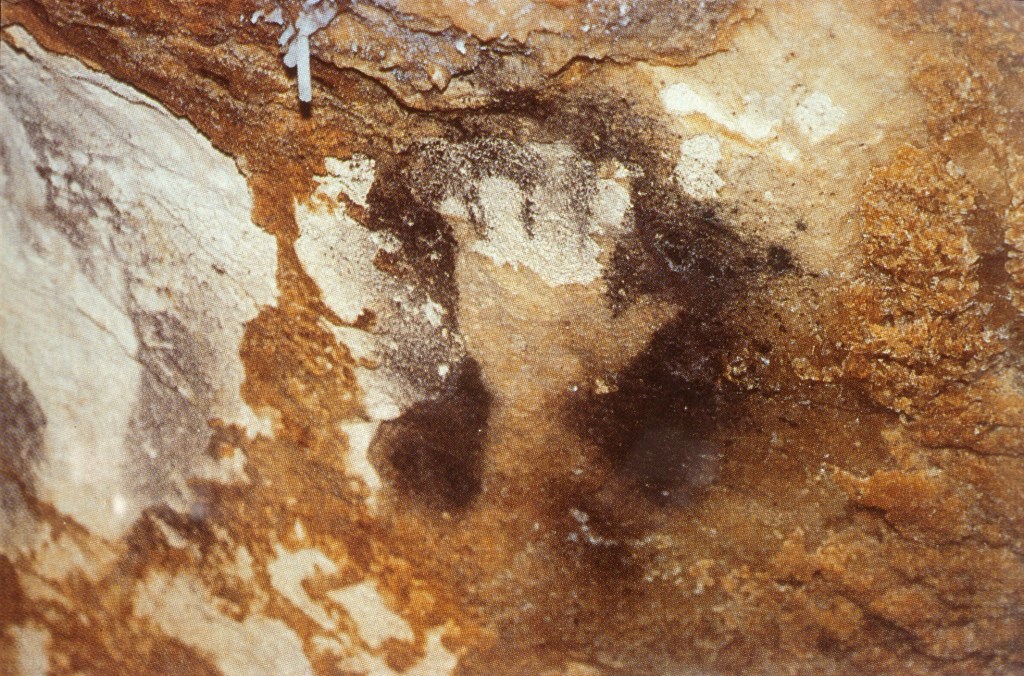Finger Amputation in Prehistoric Cave Art May Have Been for Religious Rituals, New Study Finds

A new interpretation of Paleolithic cave art proposes that prehistoric people cut off their fingers for religious rituals. A paper presented at a meeting of the European Society for Human Evolution analyzed more than 200 handprints missing at least one finger from 25,000-year-old cave paintings in France and Spain.
In some cases only a segment of the finger is missing, while in others several fingers have been lost. Until now, missing fingers have been attributed to artistic license and resulting from medical issues such as frostbite.
“There is compelling evidence that these people may have had their fingers amputated deliberately in rituals intended to elicit help from supernatural entities,” archaeologist Mark Collard of Simon Fraser University in Vancouver told the Guardian.
Dani women from the New Guinea Highlands, for example, “sometimes have one or more fingers cut off following the death of loved ones, including sons or daughters. We believe that Europeans were doing the same sort of thing in palaeolithic times, though the precise belief systems involved may have been different. This is a practice that was not necessarily routine but has occurred at various times through history, we believe.”
Having faced challenges to the theory from peers in recent years, Collard and PhD student Brea McCauley gathered more data. They looked at both prints (a hand with pigment pressed against a wall) and stencils (the painting pigment around a hand pressed against a wall) across four cave sites, Maltravieso and Fuente del Trucho, Spain and Gargas and Cosquer, France.
Looking more globally, four sites in Africa, three in Australia, nine in North America, five in south Asia, and one in south-east Asia also contain evidence of finger amputation.
“This practice was clearly invented independently multiple times,” they argued. “And it was engaged in by some recent hunter-gatherer societies, so it is entirely possible that the groups at Gargas and the other caves engaged in the practice.”
While it may seem radical, Collard noted such rituals as fire-walking, face-piercing, and the hooking of skin for heavy hauls. “People become more likely to cooperate with other group members after going through such rituals. Amputating fingers may simply have been a more extreme version of this type of ritual.”
© 2024 PMC. All rights reserved.